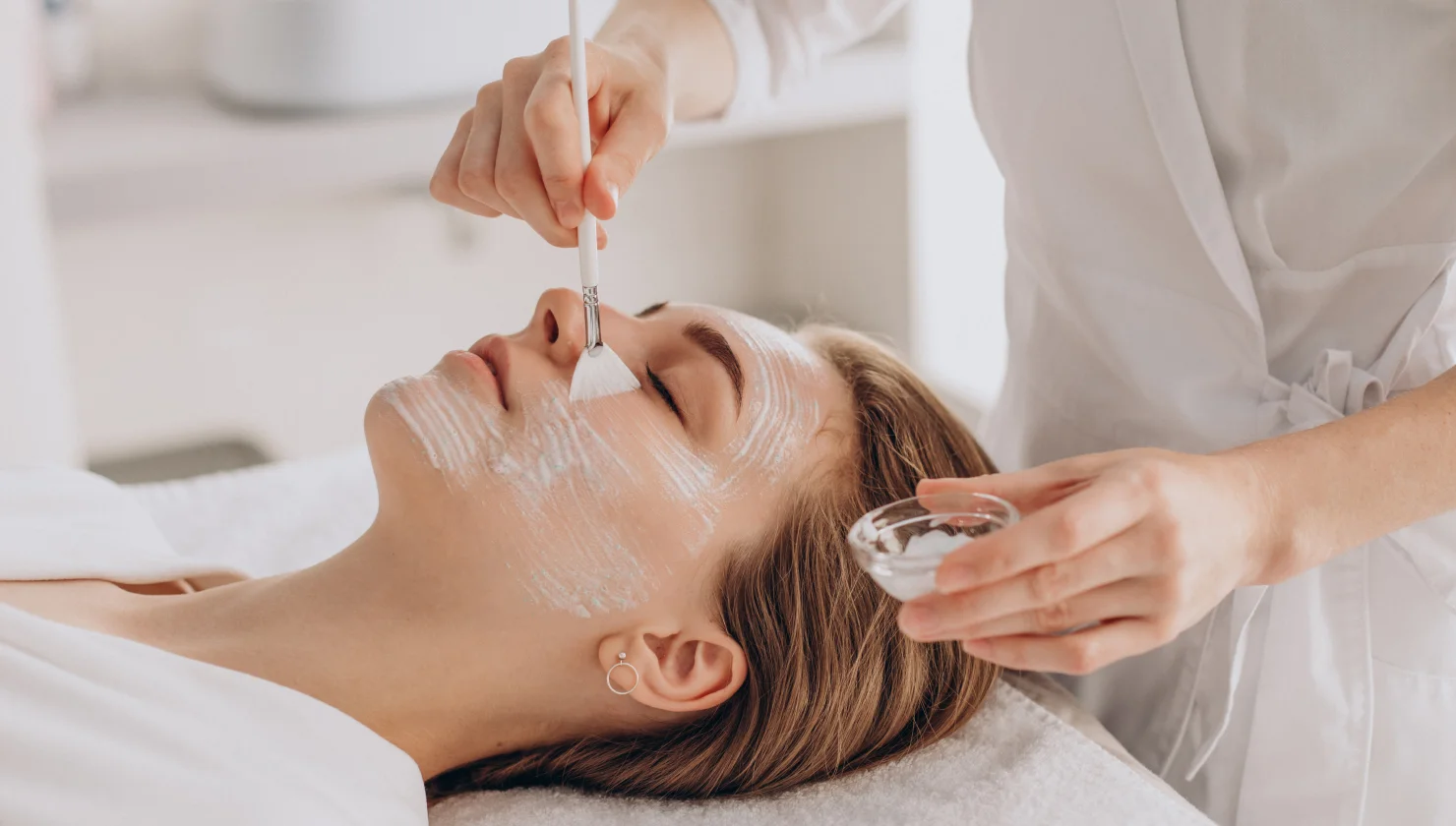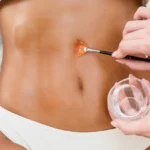Laser rejuvenation belongs to radical methods, but still does not imply such serious intervention as with a scalpel. The penetration of the beam helps to combat wrinkles, acne, pigmentation or scars. What should those who decide to undergo it know about the procedure?
Laser rejuvenation is a popular cosmetic procedure designed to improve the appearance of the skin by targeting imperfections and stimulating collagen production. It’s widely used for addressing concerns such as fine lines, wrinkles, acne scars, pigmentation issues, and uneven skin tone. Here’s everything you need to know about the procedure:
Key Points to Know:
- Laser rejuvenation involves using laser light to remove damaged skin cells and promote the regeneration of healthy skin.
- The treatment can target specific areas of concern or provide overall skin resurfacing.
- The procedure varies depending on the type of laser used (ablative or non-ablative).
- Results may be seen after one session, but multiple treatments may be required for optimal outcomes.
How Does a Laser Work?
Laser rejuvenation is a popular non-invasive cosmetic procedure that uses focused light to target various skin imperfections and stimulate collagen production, promoting healing and a smoother, more youthful complexion. It effectively addresses concerns like fine lines, wrinkles, acne scars, pigmentation issues, and uneven skin tone. Suitable for most skin types, it can be applied to areas such as the face, neck, chest, and hands. A consultation is necessary to determine the most appropriate approach for individual needs, ensuring the best results.
How to Prepare For Laser Resurfacing?
To prepare for laser resurfacing, start by consulting a dermatologist to assess your skin type, goals, and the best laser treatment for you. It’s important to avoid direct sun exposure for several weeks before the procedure to minimize skin sensitivity and complications. Discontinue the use of retinoids, exfoliating treatments, or other strong skincare products a few days prior to the treatment. Ensure there are no active skin infections or irritations, as these should be addressed before proceeding. Additionally, your doctor may recommend moisturizing treatments or topical numbing creams to prepare your skin for the procedure.
Steps to Remember
- Consultation: Meet with a dermatologist to determine your skin type, goals, and the appropriate laser treatment.
- Avoid sun exposure: Stay out of direct sunlight for several weeks before treatment to avoid skin sensitivity and complications.
- Discontinue certain products: Stop using retinoids, exfoliating treatments, or other strong skincare products a few days before the procedure.
- No active infections: If you have any active skin infections or irritations, these should be treated before proceeding.
- Pre-treatment care: Your doctor may recommend moisturizing treatments or topical numbing creams to prepare your skin for the procedure.
Types of Peeling
Laser skin resurfacing can be categorized by the depth of peeling and downtime. Non-ablative lasers cause minimal peeling or flaking, requiring less downtime, and are effective for treating superficial skin issues like fine lines and pigmentation. Ablative lasers, which remove outer layers of skin, result in more noticeable peeling and downtime but provide more significant improvements. Deep peeling involves a more aggressive treatment that removes several layers of skin to address deep wrinkles or severe scarring. This type of treatment requires a longer recovery time, and following proper post-care is critical for optimal results.
Consult with a Professional
Laser rejuvenation is an effective solution for achieving smoother, younger-looking skin, but it’s important to understand the preparation, procedure, and post-care for the best results. Always consult with a professional to tailor the treatment to your needs.
Tip: To maximize the results of laser skin resurfacing, make sure to follow your dermatologist’s post-treatment care instructions, including moisturizing regularly and avoiding sun exposure. Protecting your skin with high-SPF sunscreen helps prevent UV damage and supports the healing process.
Rehabilitation After Laser
After laser resurfacing, it’s normal to experience redness, swelling, and peeling for a few days as part of the healing process. The recovery time varies depending on the type of laser used, with ablative lasers requiring 1-2 weeks for healing, while non-ablative lasers typically involve minimal downtime. It’s crucial to follow your dermatologist’s instructions, which may include gentle cleansing, moisturizing, and applying prescribed ointments or sunscreen. Avoid picking at the skin to ensure natural healing and prevent scarring or complications. Additionally, protect your healing skin from UV damage by using a high-SPF sunscreen and avoiding direct sun exposure.




